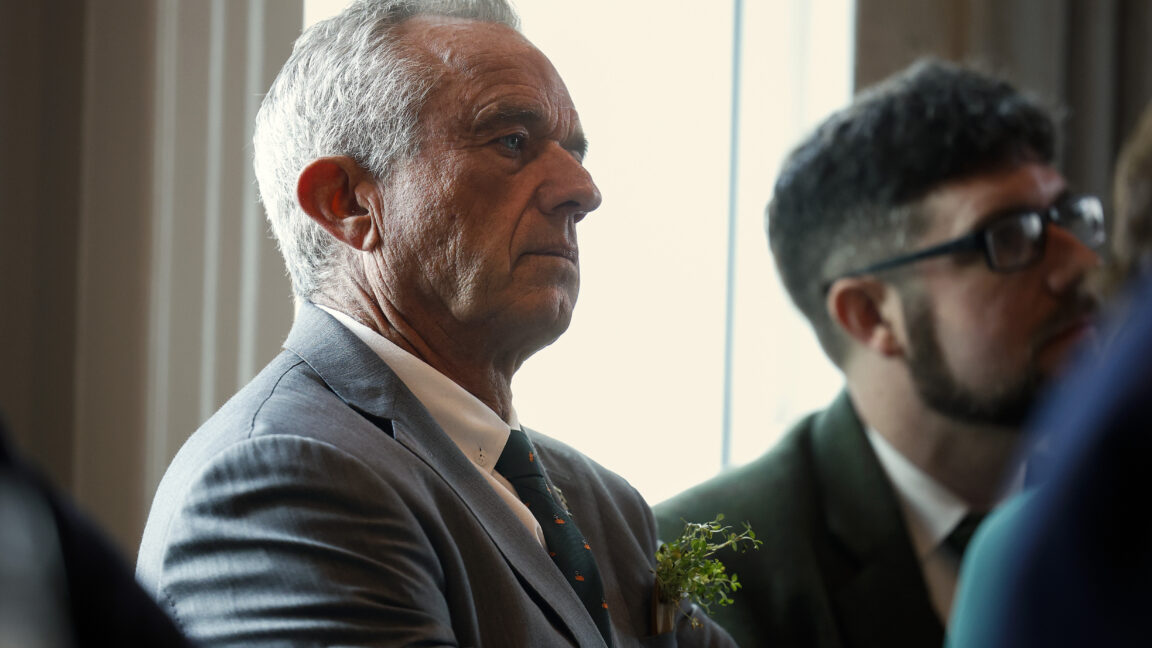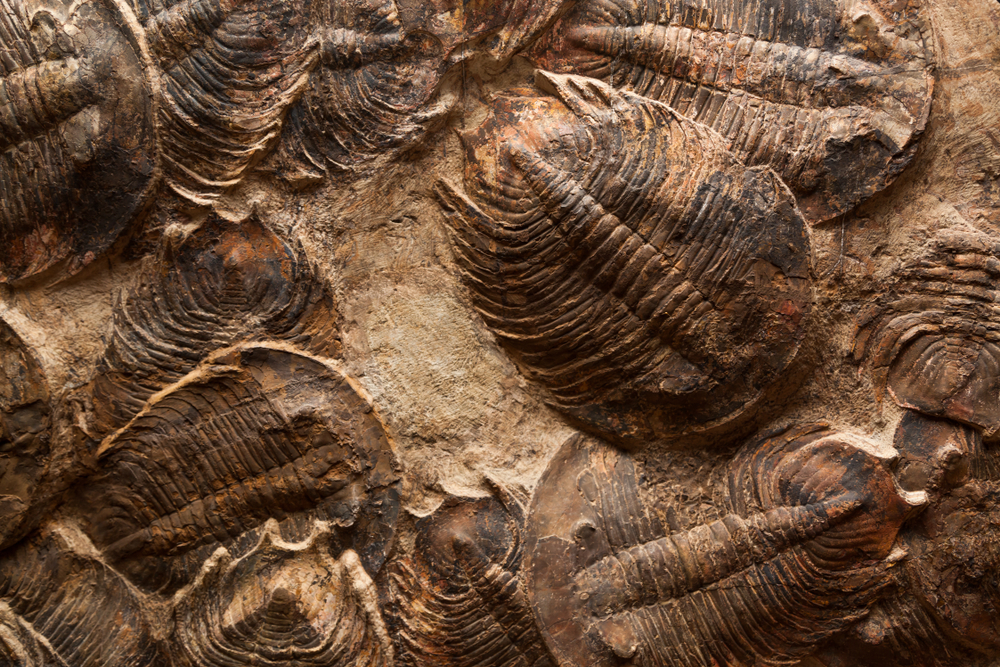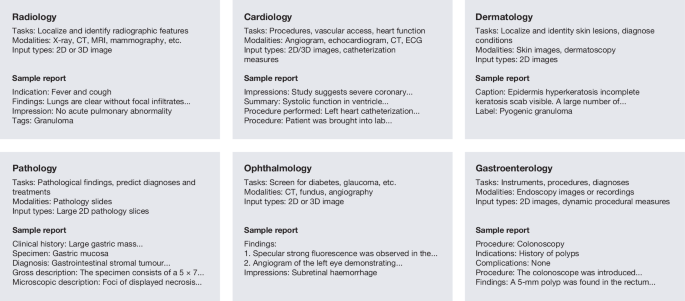
This will be a painful period: RFK Jr. slashes 24% of US health dept.
arstechnica.com
Health and science losses This will be a painful period: RFK Jr. slashes 24% of US health dept. "I want to promise you now that we are going to do more with less," RFK Jr. said. Beth Mole Mar 27, 2025 1:01 pm | 192 WASHINGTON, DC - MARCH 12: Health and Human Services Secretary Robert F. Kennedy Jr. attends a St. Patrick's Day breakfast for Irish Taoiseach Michel Martin at the vice president's residence on March 12, 2025 in Washington, DC. Credit: Getty | Kevin Dietsch WASHINGTON, DC - MARCH 12: Health and Human Services Secretary Robert F. Kennedy Jr. attends a St. Patrick's Day breakfast for Irish Taoiseach Michel Martin at the vice president's residence on March 12, 2025 in Washington, DC. Credit: Getty | Kevin Dietsch Story textSizeSmallStandardLargeWidth *StandardWideLinksStandardOrange* Subscribers only Learn moreHealth Secretary and anti-vaccine advocate Robert F. Kennedy Jr. is slashing a total of 20,000 jobs across the Department of Health and Human Servicesor about 24 percent of the workforcein a sweeping overhaul said to improve efficiency and save money, Kennedy and the HHS announced Thursday.Combining workforce losses from early retirement, the "Fork in the Road" deferred resignation deal, and 10,000 positions axed in the reductions and restructuring announced today, HHS will shrink from 82,000 full-time employees to 62,000 under Kennedy and the Trump administration. The HHS's 28 divisions will be cut down to 15, while five of the department's 10 regional offices will close."This will be a painful period," Kennedy said in a video announcement posted on social media. Calling the HHS a "sprawling bureaucracy," Kennedy claimed that the cuts would be aimed at "excess administrators.""I want to promise you now that we are going to do more with less," he said in the video.Kennedy and HHS said the cuts will save $1.8 billion each year. That's about 0.027 percent of total federal spending, based on the $6.75 trillion the government spent in 2024, and about 0.06 percent of the $2.8 trillion HHS budget for that year.The downsizing announced today includes significant cuts to the Food and Drug Administration, the Centers for Disease Control and Prevention, and the National Institutes of Health.Cuts upon cutsThe FDA will lose 3,500 employees, which The Wall Street Journal reported was about 19 percent of its staff. HHS did not provide current staff levels at the agency level or percentage cuts. The CDC, which will absorb the Administration for Strategic Preparedness and Response (ASPR), will lose 2,400 employees (1,400 from CDC and 1,000 from ASPR). The Journal reported that to be about 18 percent of the total workforce. NIH will lose 1,200 employees, about 6 percent of its workers.The Centers for Medicare and Medicaid Services (CMS) will also lose 300 employees, which was reported to be about 4 percent of its staff.Along with the cuts, Kennedy announced the creation of a new division: the Administration for a Healthy America (AHA). The name echoes Kennedy's "Make America Healthy Again" slogan, which he has sought to trademark.AHA will subsume five current divisions: the Office of the Assistant Secretary for Health (OASH), the Health Resources and Services Administration (HRSA), the Substance Abuse and Mental Health Services Administration (SAMHSA), the Agency for Toxic Substances and Disease Registry (ATSDR), and the National Institute for Occupational Safety and Health (NIOSH). The HHS said this consolidation will "more efficiently coordinate chronic care and disease prevention programs and harmonize health resources to low-income Americans."The Administration for Community Living (ACL), which supports older adults and people of all ages with disabilities, is being split across three divisions: the Administration for Children and Families (ACF), Assistant Secretary for Planning and Evaluation (ASPE), and CMS."We aren't just reducing bureaucratic sprawl. We are realigning the organization with its core mission and our new priorities in reversing the chronic disease epidemic," Kennedy said in a statement.While Kennedy touted the streamlining and cost savings, the scientific and health communities continue to reel from devastating funding cuts from the Trump administration. That includes massive cuts to state and local health programs, cancer research, HIV research and programs, and global vaccination campaigns, among other critical health programs and research.Beth MoleSenior Health ReporterBeth MoleSenior Health Reporter Beth is Ars Technicas Senior Health Reporter. Beth has a Ph.D. in microbiology from the University of North Carolina at Chapel Hill and attended the Science Communication program at the University of California, Santa Cruz. She specializes in covering infectious diseases, public health, and microbes. 192 Comments
0 Commenti
·0 condivisioni
·74 Views









